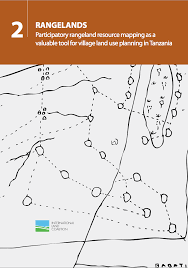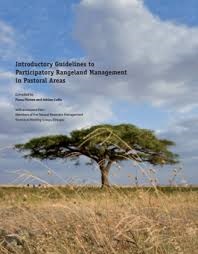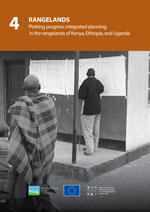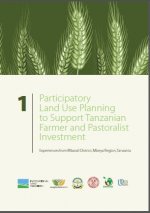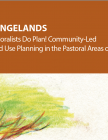Pengelolaan sumberdaya hutan di era desentralisasi: pelajaran yang dipetik dari hutan penelitian Malinau, Kalimantan Timur, Indonesia
Perencanaan interaktif tata guna lahan pada lanskap hutan tropis di Indonesia: Menghubungkan kembali rencana dengan praktek lapangan
Timbal-balik dan sumber mata pencaharian alternatif bagi masyarakat yang hidupnya bergantung pada hutan di hutan penelitian Malinau
Towards sustainable management and development of tropical secondary forests in Asia: the Samarinda proposal for action
Secondary forests comprise a large and growing proportion of the forest cover in the tropics and are very important at the local, national and regional levels for a wide range of products and environmental services. However, knowledge and expertise regarding secondary forests is still limited, and they are inadequately addressed in forest policy, planning and research.
Participatory rangeland resource mapping as a valuable tool for village land use planning in Tanzania
This Issue Paper No.2 is part of the series Making Rangelands Secure, a learning initiative supported by ILC, IFAD, RECONCILE, IUCN-WISP and Procasur. The Making Rangelands Secure Initiative has been established by a group of organisations seeking to improve security of rights to rangelands. The initiative seeks to identify, communicate and build good practice on making rangelands secure for local rangeland users.
Introductory Guidelines to Participatory Rangeland Management in Pastoral Areas
These guidelines introduce and promote the essential elements of participatory rangeland management (PRM). Based upon the successful experiences of participatory forest management, the guidelines provide a process following three stages of investigation, negotiation and implementation. The sequential steps of this process lead to the development of a rangeland management plan and a legally binding rangeland management agreement between a local rangeland management institution and the appropriate local government office.
Plotting progress: integrated planning in the rangelands of Kenya, Ethiopia, and Uganda
Ill advised, uncoordinated, and badly planned interventions have been blamed for continuing poverty and food insecurity in rangelands. Water interventions in particular have had negative impacts. Not only have these interventions failed to improve the livelihoods of people living there, but in many cases they have served to undermine them and the environment on which they depend. Rangeland development interventions have been sectoral in their approach.
Participatory Land Use Planning to Support Tanzanian Farmer and Pastoralist Investment
The food security of more than 80% of Tanzania’s population and the country’s economic growth depend on family farming on certifi ed village lands. Realizing importance of smallholder’s roles in food security and economic development, the government introduced Village Land Use Planning (VLUP) as a tool towards sustainable family farming in support of green growth – a strategy for sustainably improving productivity within degrading natural resources.
RANGELANDS Pastoralists Do Plan! Community-Led Land Use Planning in the Pastoral Areas of Ethiopia
This issue paper No. 6 of the Rangelands Series consolidates a set of case studies which document how pastoralists plan land and resource use in pastoral and agro-pastoral areas of Ethiopia.


